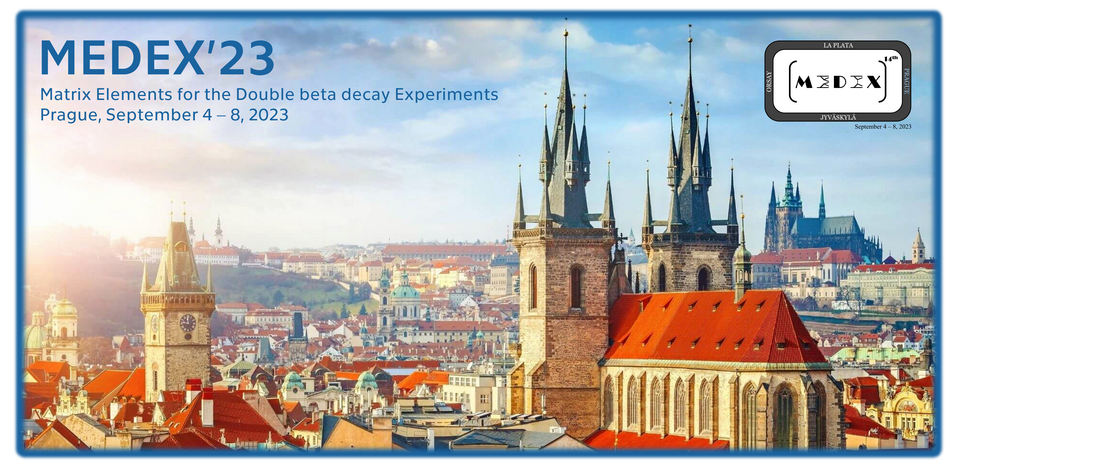Speaker
Description
Among the potentially double-beta decay (DBD) active natural isotopes, $^{96}$Zr is promising because of its high energy transition ($Q_{2\beta}=3.35$ MeV) that helps to overcome issues with background events generated by environmental $\gamma$ radioactivity and internal $\beta$-active nuclides from U/Th decay chains. Moreover the $^{94}$Zr isotope has a lower Q$_{2\beta}$-value (1.14 MeV) than $^{96}$Zr but has a high natural abundance ($\delta \sim 17\%$, instead for $^{96}$Zr $\delta \sim 2.8\%$). An experiment to study DBD processes in $^{94,96}$Zr using two Cs$_2$ZrCl$_6$ (CZC) crystal scintillators (11 g and 24 g) has been performed deep underground in the DAMA/CRYS setup at LNGS. These crystals have been studied in terms of chemical purity and residual radioactive contaminants, scintillation and PSD performances. The low-background measurements over 456.5 days supported their high radiopurity leading to a counting rate of 0.17(kg$\cdot$keV$\cdot$y)$^{-1}$ at the $Q_{2\beta}$ of $^{96}$Zr. Limits on different DBD modes of $^{94,96}$Zr were set at the level T$_{1/2} \sim 10^{17}-10^{20}$ yr (90$\%$ C.L.). Such results could contribute in principle to the estimation of the effective nuclear matrix elements for DBD processes, which can be considered one of the most challenging theoretical problem that would hinder precision studies of $0\nu$-DBD in the case of possible future observations.

